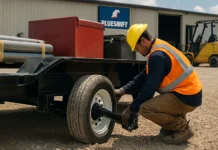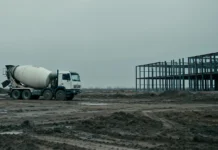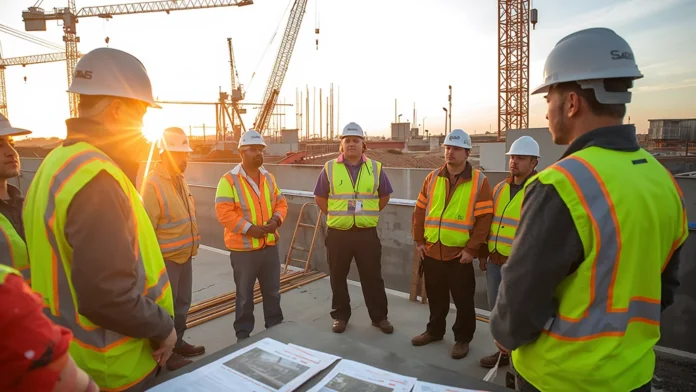The construction industry is one of the most regulated sectors when it comes to safety, and for good reason. Workers often operate in high-risk environments, from elevated platforms to excavation sites and poorly ventilated tunnels. To reduce these risks, companies are turning to osha training as a cornerstone of their safety programs. By educating employees on hazard recognition, protective equipment, and regulatory requirements, employers not only keep their teams safer but also protect project timelines and business reputations.
Regulatory compliance is a constant challenge for contractors, especially when dealing with multiple subcontractors and tight schedules. Investing in OSHA training ensures that everyone on site understands the same safety procedures and follows a consistent framework. This shared knowledge helps avoid costly delays caused by accidents or non-compliance issues and establishes a culture where safety becomes a daily habit rather than an afterthought.
The scope of OSHA training in construction
OSHA training covers a broad range of topics that apply directly to construction work. These include fall protection, electrical hazards, equipment operation, and chemical handling. Workers learn how to recognize unsafe conditions before they escalate, while supervisors gain tools to enforce safety protocols consistently. For large projects, this training acts as a unifying standard, making sure that contractors and subcontractors all adhere to the same expectations.
One area where general safety training sometimes falls short is preparing crews for enclosed environments. That is why many employers complement their compliance courses with confined space rescue training, which focuses specifically on hazards found in tanks, tunnels, and underground worksites. Together, these programs provide a comprehensive approach that addresses both broad compliance needs and task-specific risks.
Building skills that translate to site operations
The strength of OSHA training lies in its practical application. Classroom instruction is combined with examples and case studies that mirror challenges workers encounter on site. Crews learn how to select appropriate protective gear, understand signage, and follow emergency procedures. These lessons are reinforced during toolbox talks and site meetings, ensuring that knowledge is applied continuously.
When supported by specialized courses such as confined space rescue training, workers gain even deeper expertise. They practice setting up retrieval systems, using gas monitors, and coordinating communication in difficult environments. These additional skills reduce hesitation during emergencies, giving workers confidence to act quickly when minutes matter most.
Compliance and competitive advantage
Maintaining compliance with regulatory standards is not only about avoiding penalties; it is also a way to strengthen credibility with clients. Companies that invest in OSHA training can show documented proof of their commitment to workplace safety, which often improves their chances of winning contracts. Many project owners require evidence of certified training before awarding bids, making compliance an essential part of business growth.
Supervisors also benefit from the structured approach that comes with OSHA-aligned programs. With clear guidelines on recordkeeping, reporting, and monitoring, they can track progress, identify weak spots, and take corrective action early. Over time, this reduces accident rates and improves overall productivity on construction sites.
Partnering with reliable providers
Not all training is equal, which is why choosing the right partner matters. Providers with practical experience design sessions that reflect real-world conditions, ensuring that participants leave with knowledge they can apply immediately. Organizations like FMTC Safety offer programs that align with international standards while remaining adaptable to specific industry needs. By partnering with trusted providers, construction companies can integrate OSHA training into their long-term safety culture and ensure that learning is not just a one-time exercise but a continuous process.
Creating lasting impact on worksites
Construction sites are dynamic, with risks changing as projects move from one stage to another. By investing in OSHA training, companies give their workers the skills to adapt to these evolving conditions. Combined with focused sessions like confined space rescue training, employers can build a well-rounded safety program that covers both general and specialized risks.
The long-term benefits are clear: fewer incidents, stronger compliance, and a workforce that feels valued and prepared. For construction leaders, prioritizing training is not only a regulatory requirement but also a strategic investment in the success and sustainability of their projects.





























